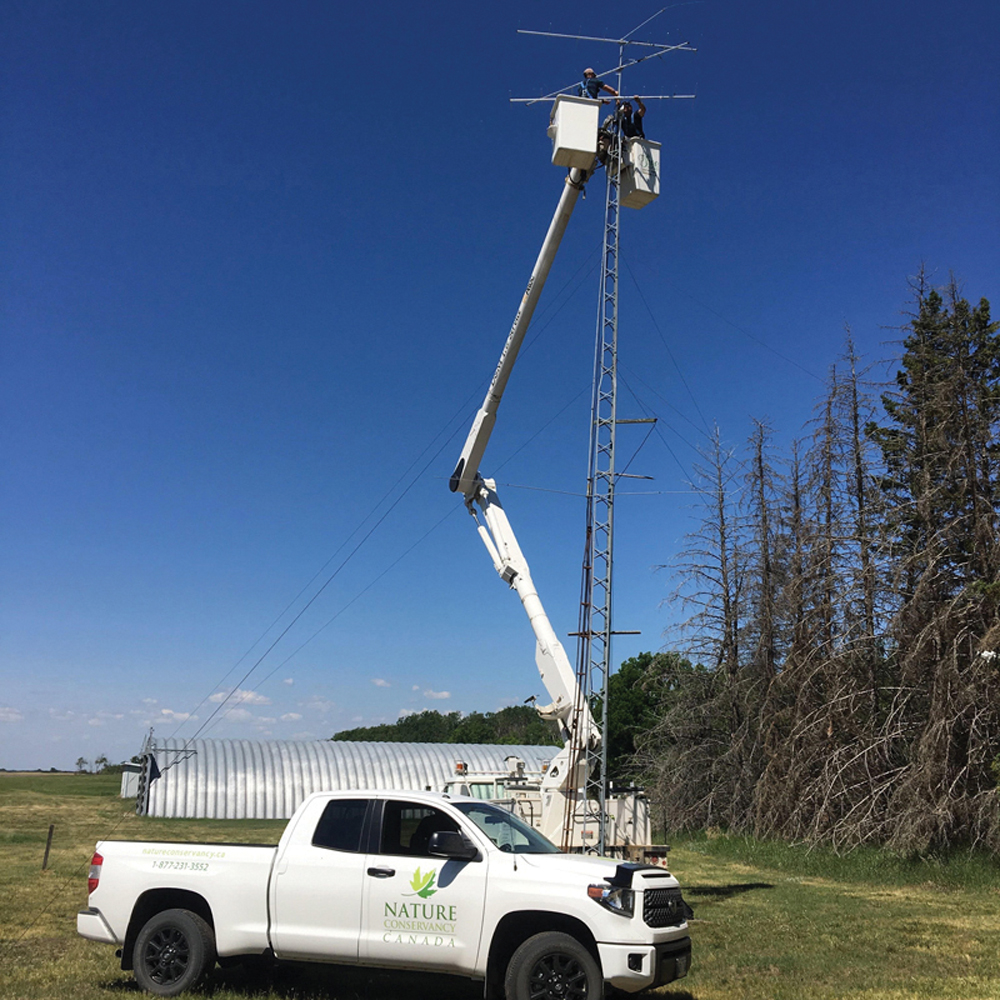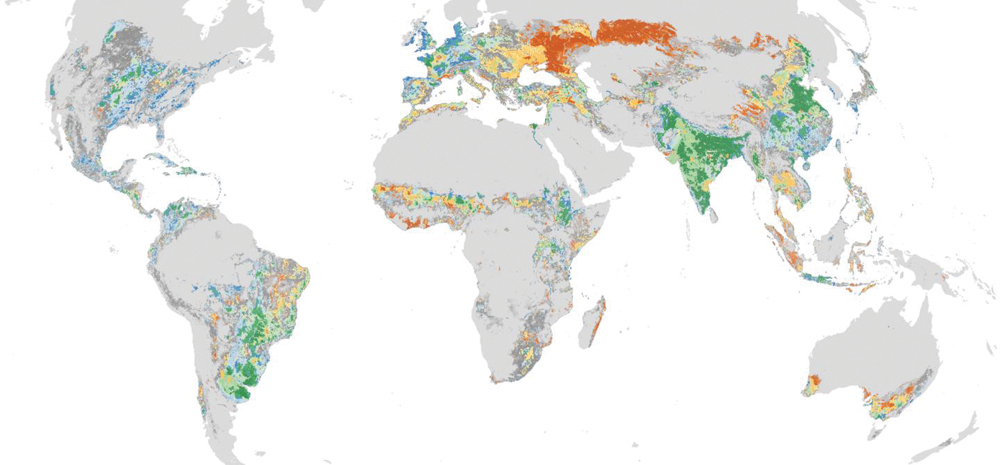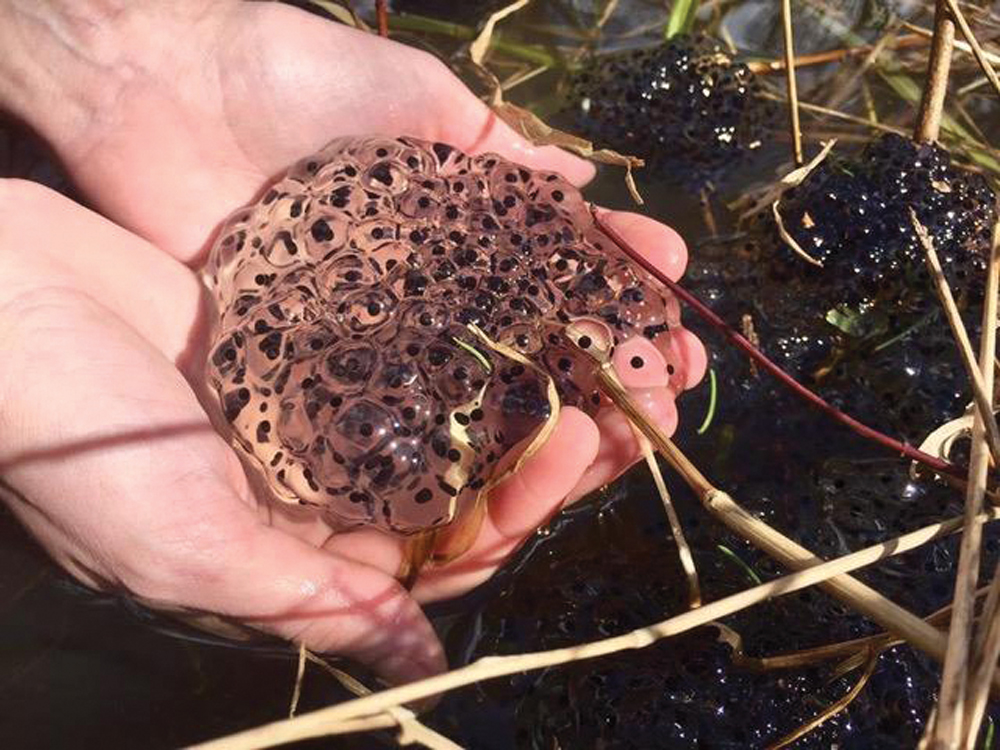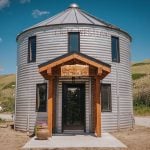Sloughs and potholes are popping up across the landscape near Minnedosa as more wetlands are restored. Landowners who are concerned about wildlife and willing to cash in on a new habitat incentive program are responsible.
“In my instance, I have been a grain farmer and now I am in cattle so I am trying to get more production,” said Fred Sharpe, a Minnedosa-area mixed farmer. “If I can hold back water in the spring and then draw it down in summer and graze cattle, then I am going to get increased production.”
Read Also

Giant Canada geese have gone wild in Manitoba
Giant Canada geese are seemingly everywhere and can be fine table fare for local hunters, but 70 years ago, they were borderline extinct.
Under the new Wetland Restoration Incentive Program (WRIP), 13 “plugs” have been constructed on a portion of Sharpe’s farm. These small, earthen structures are used to partially block drainage ditches allowing old sloughs and wetlands to again provide water purifi cation and habitat benefits. This resulted in the reclamation of 28 acres of wetland habitat.
“The project on Fred Sharpe’s farm is one of the largest projects we have undertaken under this program thus far,” Mike Thiele, a conservation specialist with Manitoba Habitat Heritage Corporation (MHHC). “The program helps landowners to restore drained wetlands while also compensating their efforts.”
To participate, landowners must also protect their property with a Conservation Agreement (CA). The calculation of restored acres is based on the amount of land flooded when the wetland is restored as well as the adjacent wet meadow area.
The WRIP is a voluntary program that restores drained wetlands on private lands to enhance the storage of greenhouse gases and to provide other ecological goods and services such as improved water quality, flood protection and wildlife habitat. It is funded in part by the Manitoba Water Stewardship. Additional funding and program delivery are provided by Ducks Unlimited Canada (DUC) and the Manitoba Habitat Heritage Corporation (MHHC).
Fred Sharpe is a longtime farmer in the area. His family homesteads nearby and his son is the fifth generation of the Sharpe family to reside in the immediate vicinity. He farms in an area that is literally covered with small potholes and sloughs.
“If there is a slough with water in it, what am I getting out of it?” he commented. “I was basically paying taxes on the land under the water and getting nothing out of it.”
Under WRIP he is fairly compensated plus grass production has increased. This type of project also provides critical wildlife habitat while helping to protect and purify our water resources, thus it benefits the entire community.
In 1991, Sharpe expanded his farming operation and acquired the property where the new plugs are now installed. At that time, most of the drainage work was already in place. However, the drainage never provided the desired results because the land remained saline and boggy, making it difficult to work.
As he switched more towards cattle production he realized that the installation of the plugs would be beneficial as it would provide increased grass production for the cattle.
“I am just putting these plugs in on the sloughs that you can’t get at in the spring because of the high water,” he said. “The water is on there to improve the vegetation.”
Wetland restoration is important to MHHC for many reasons. The restoration helps to fulfil its mandate to “conserve, restore and enhance fish and wildlife habitat” by restoring wetlands, which in turn creates additional wildlife habitat throughout the province.
Another reason for wetland restoration is to help the province achieve its mandate to sequester carbon as part of its climate change initiative.
For more information contact Mike Thiele by email at: [email protected]or call him in Minnedosa at (204) 365-6334 or contact any MHHC office in Manitoba.













